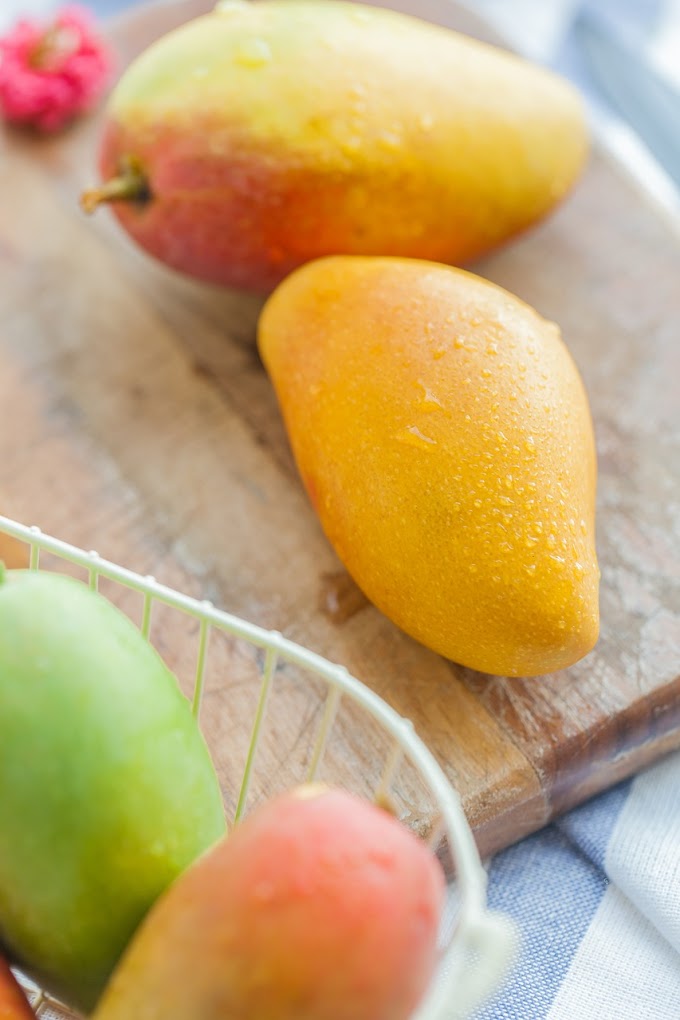Happy Independence day | independence day images | independence day drawing India celebrates its Independence Day on August 15th each and every year. It commemorates the day in 1947 when India gained freedom from British colonial rule. This day holds immense importance in the hearts of the Indian people as it symbolizes the hard-fought struggle for independence and the birth of a sovereign nation.
Indian Independence Day
Tuesday, 15 August, 2023
 |
| Happy Independence day | independence day images | independence day drawing |
Independence Day in India is also an occasion to express patriotism, unity, and the spirit of being an Indian. People come together to celebrate their diverse culture, traditions, and the progress the nation has made since its independence.
Once again, happy Independence Day to India and its people!
history Independence Day India: The history of Independence Day in India is closely intertwined with the struggle for freedom from British colonial rule. Here's a brief overview of the significant events leading up to India's Independence: 1. British Rule in India: India was under British colonial rule for nearly 200 years, starting from the early 18th century. The British East India Company initially established trading posts in India, which gradually evolved into a colonial administration. 2. Indian Independence Movement: The Indian independence movement gained momentum in the late 19th and early 20th centuries, with prominent leaders such as Mahatma Gandhi, Jawaharlal Nehru, Subhas Chandra Bose, and others leading the fight for freedom. 3. Nonviolent Resistance and Civil Disobedience: Mahatma Gandhi played a crucial role in advocating nonviolent resistance and civil disobedience as methods to challenge British authority. Movements like the Salt March, the Quit India Movement, and the Civil Disobedience Movement became defining moments of the struggle. 4. Formation of Indian National Congress: The Indian National Congress, established in 1885, became a prominent political organization advocating for independence. It united diverse groups and leaders under a common goal of self-rule. 5. Partition and Independence: The demand for independence grew stronger in the 1940s. However, the Indian subcontinent faced religious tensions between Hindus and Muslims. In 1947, the British Parliament passed the Indian Independence Act, which is led to the partition of the India and the creation of two separate nations: India and Pakistan. 6. August 15, 1947: On the stroke of midnight on August 15, 1947, India achieved its long-awaited independence. Jawaharlal Nehru, the first Prime Minister of India, hoisted the national flag and delivered the famous speech known as the "Tryst with Destiny" speech, marking the beginning of a new era for India. Since then, India celebrates August 15th every year as Independence Day, honoring the country's freedom from British rule and celebrating the diversity, unity, and progress of the nation. It is a day of pride, reflection, and remembrance of the sacrifices made by countless freedom fighters in the pursuit of liberty.





